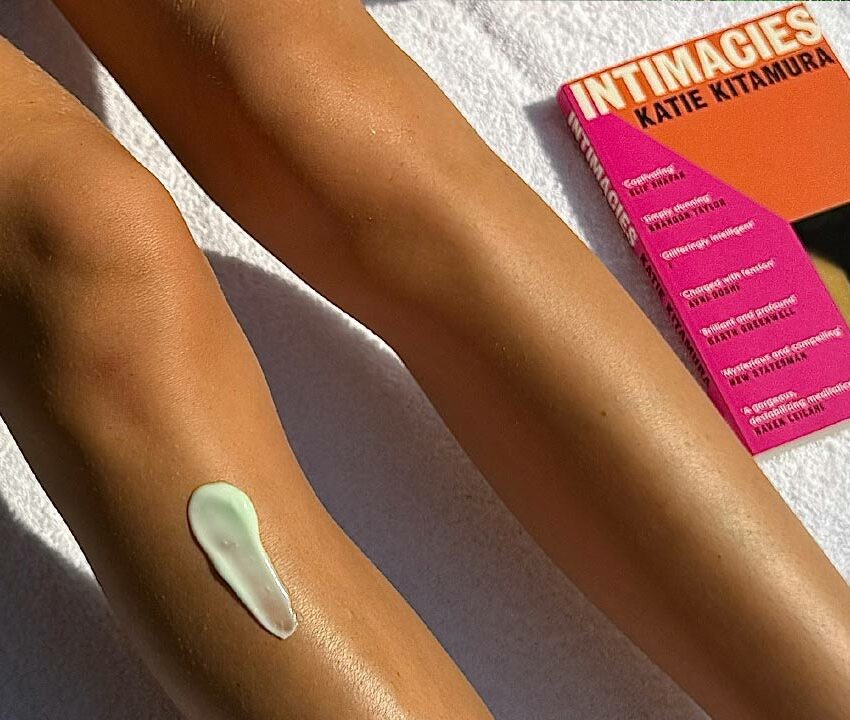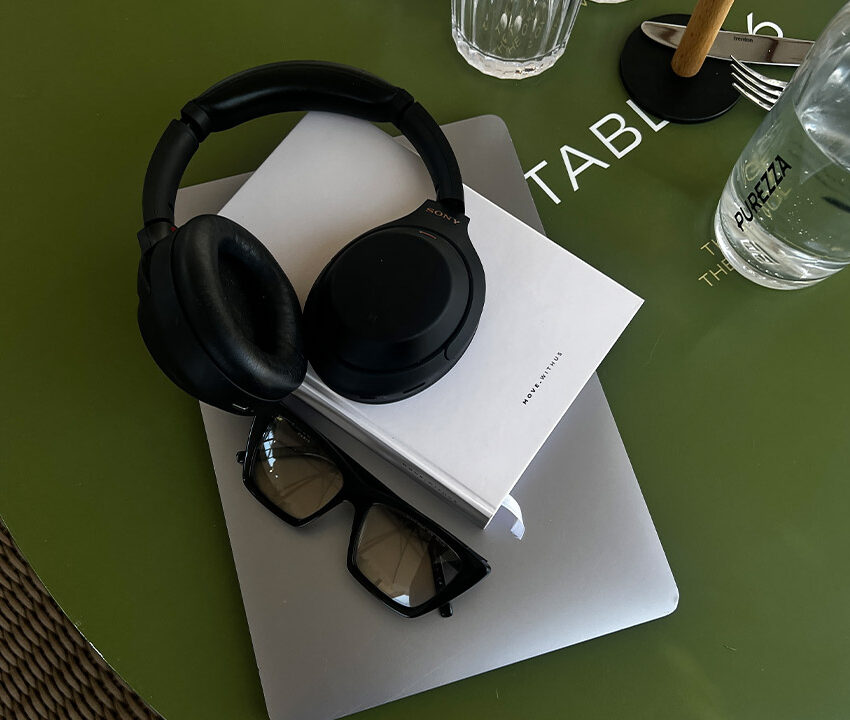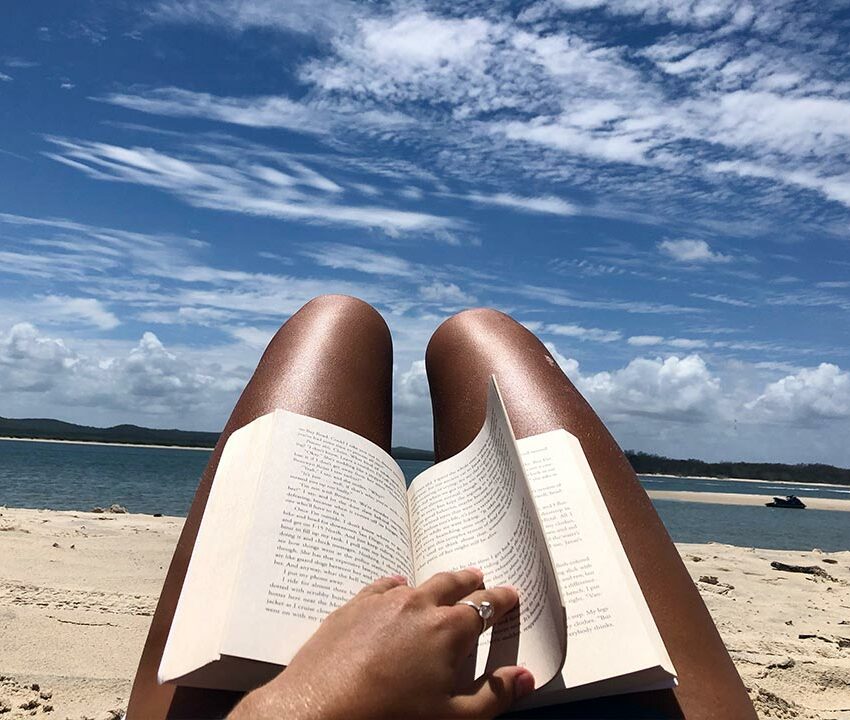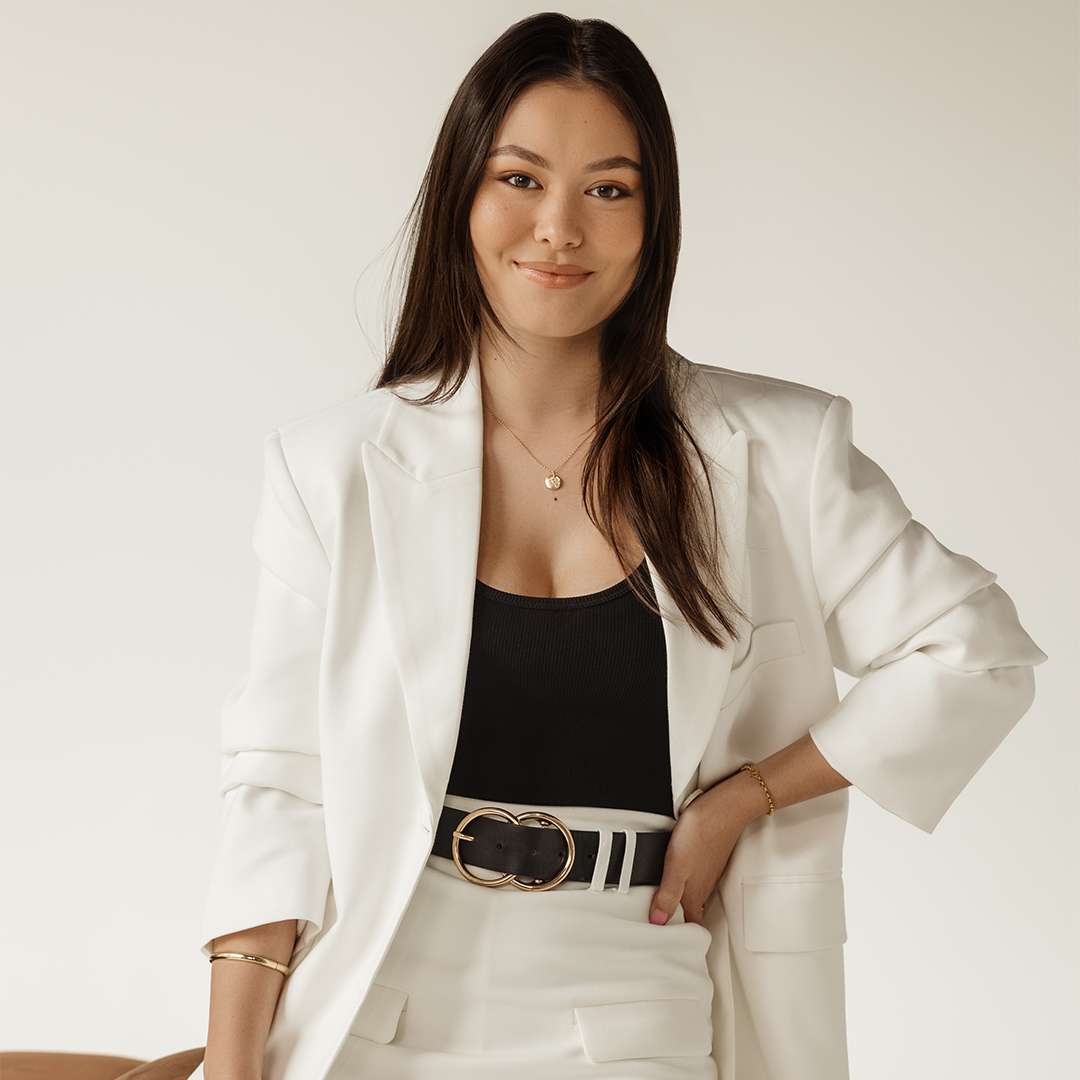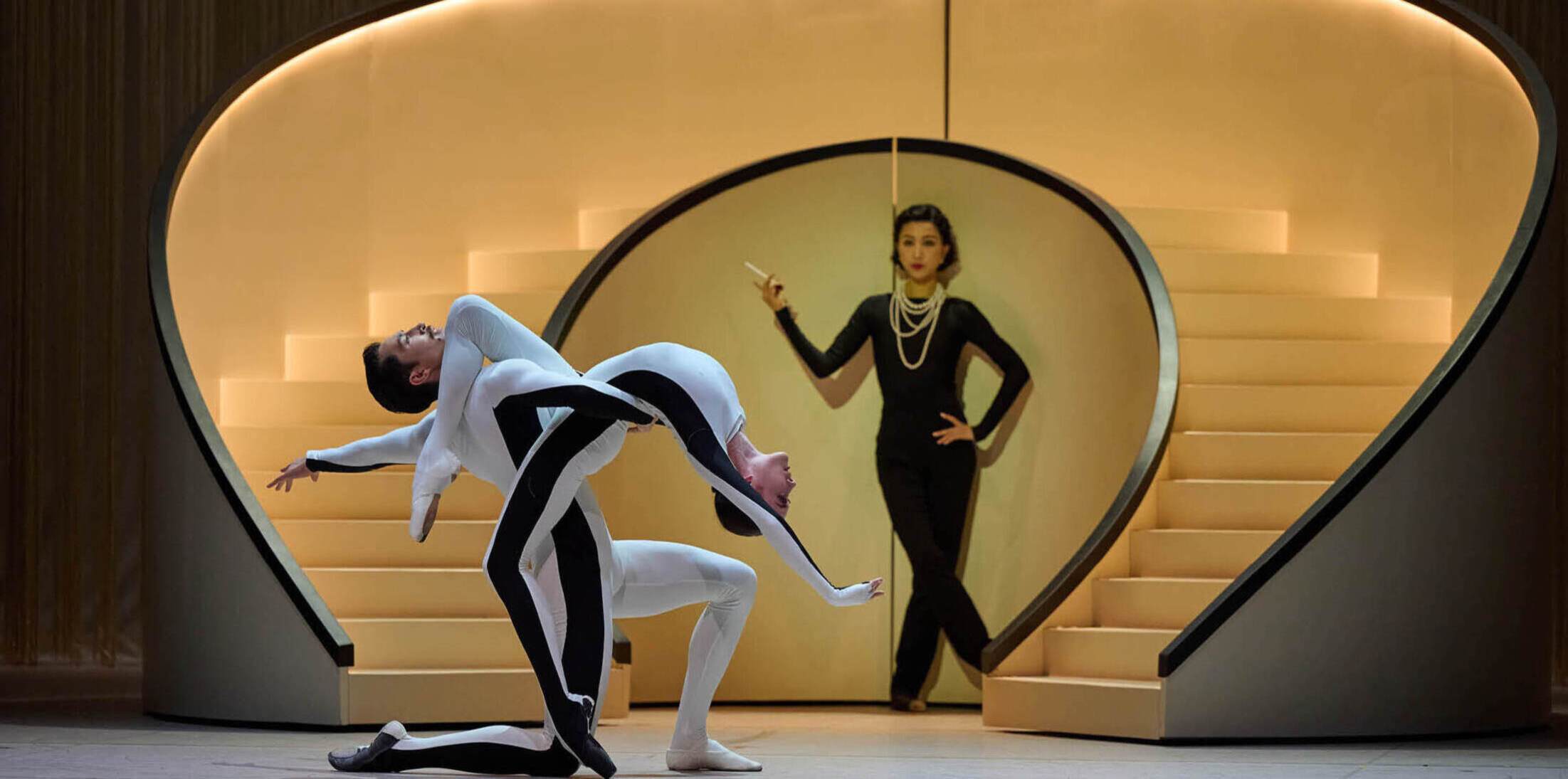
Inside QLD Ballet’s Coco Chanel Production With Designer Jérôme Kaplan
En pointe
By Natalie McGowan | 4th September 2024Trailblazer, legend, fashion icon – Gabrielle ‘Coco’ Chanel’s life is nothing short of extraordinary. Soon, you’ll be able to witness her captivating story unfold on stage with Queensland Ballet’s highly anticipated production, Coco Chanel: The Life of a Fashion Icon. After wowing audiences in Atlanta and Hong Kong, this dazzling show is set to make its mark at QPAC’s Playhouse Theatre on Friday, 4 October.
As the countdown begins, we slipped behind the stage curtain and into the visionary world of award-winning Set and Costume Designer Jérôme Kaplan to discover how he’s bringing Chanel’s iconic legacy to life on stage.
Tell me about yourself and your long-spanning career in theatre and costume design.
It’s a long story! I was born in Paris in a family of engineers who were rather scientific, but nevertheless interested in the arts. As children, with my brothers and sisters, my mother and I visited many museums and castles, which shaped my taste. Then I studied drawing, rather classical at first, and by chance, I turned to theatre set design, then to costume design. In the beginning, I designed plays and operas, and then very quickly I met and worked with Jean-Christophe Maillot, one year before he became the Artistic Director and Choreographer of Les Ballets de Monte-Carlo. I was 26 years old at that time! Les Ballets de Monte-Carlo is the European company that tours the most in the world. Creating beauty, to give pleasure and entertain the audience, I think it’s a duty and something very useful.
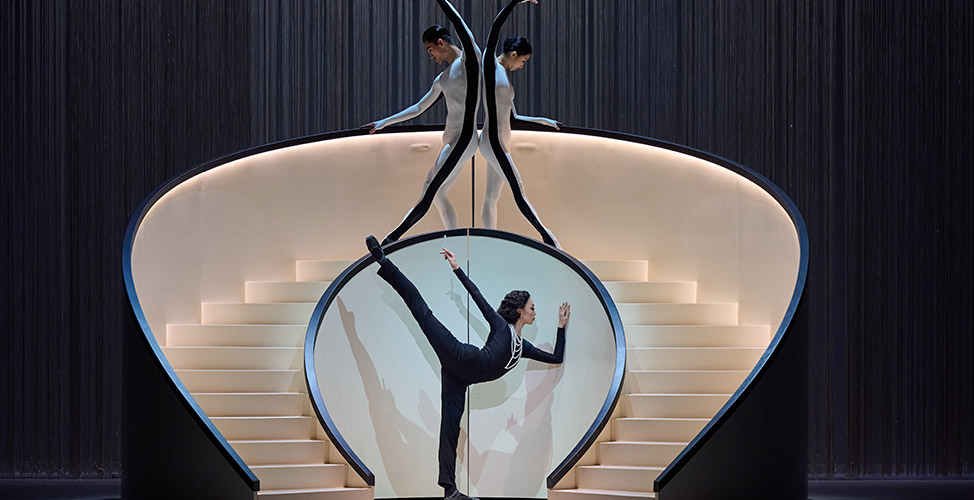
Photography by Conrad Dy-Liacco
What inspired the set design?
We drew inspiration for the sets from the bottle of Chanel No. 5. The Choreographer, Annabelle, and I visited Chanel Retrospective at the Palais Galliera in Paris in 2020, a showcase of Chanel’s history, legacy, and fashion. There we saw the original bottle of Chanel No. 5, and its simplicity was inspiring. I was amazed at how it hadn’t really changed in over 120 years – the bottle looks almost the same today. It truly is timeless. In Coco Chanel: The Life Of A Fashion Icon, I wanted to create something timeless, something that will last for many years to come.
The set in the first act is completely off-white with black lines – a nod to the white box of the famous perfume. As we follow Chanel’s story, we witness the death of her true love, Boy Capel, at the end of Act One. The light suddenly transcends into darkness. In stark comparison, we created the set for the second act in black, as a backdrop to the darker times in her life. The staircases play an integral part theatrically. Not only are they an icon of the House of Chanel, but for us, they also symbolise Chanel’s rise to the top, from her humble beginnings as a seamstress to the launch of a global fashion empire.
I loved the way Annabelle choreographed so creatively and extensively with the stairs. There were other transformative pieces in the ballet too. Simple chairs, all hanging dramatically from the ceiling, become chandeliers to showcase the home and lifestyle of the wealthy Balsan. The seamstress tables are also impressive and play a huge choreographic role in the scene about Coco’s empire.
What was your initial feeling when you were asked to do the costume and set design for Coco Chanel: The Life Of A Fashion Icon?
At first, I was very happy and very excited by the idea…then terrified and paralysed! How to pay homage to her?
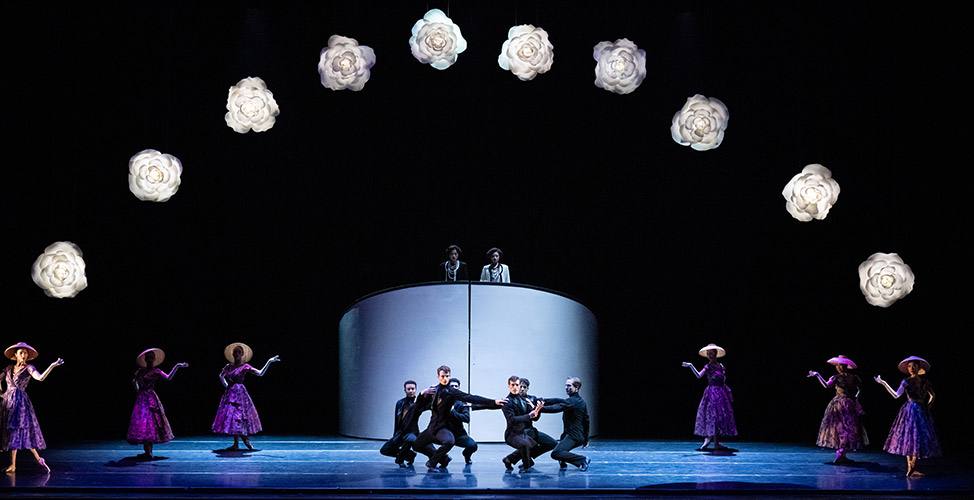
Atlanta Ballet Dancers Photography by Shoccara Marcus
Talk me through your creative process for this project, from concept to finished product.
I first study the subject in detail – the period and the historical context. Anything can inspire me, a photo, an object, a text. I then start mood boards of the sets and costumes to make a kind of synthesis, a general reference, which will allow me to understand and guess the desires and wishes of the choreographer. This allows me to see more clearly too. Then, I always draw the sets first, to determine the mood, the space, and the aesthetics of each scene. After, I choose the fabrics and paint the colours on the designed costumes. I must always remain vigilant and focused because the creation continues during the fittings of the dancers. In fact, what is difficult when designing a ballet is to assemble a multitude of details while creating a clear and simple concept.
How did Chanel’s designs and legacy inform your approach?
I didn’t replicate Chanel designs but instead created a visual impression of them. Haute couture dresses feature well-made finishes and details designed to be seen close up, but a stage costume must have a strong impact that can be seen from the back of the theatre. At the Chanel exhibition at the Palais Galliera, Annabelle and I saw a wonderful collection of Chanel’s fashion and designs over the years. There was so much inspiration to gather for the creation of the sets and costumes.
Firstly, we looked at Chanel’s style, which was very simple. Then we looked a little closer, and when you look deeply, you see that her simplicity is elegance. Chanel believed that less is more and that women shouldn’t be disguised. Chanel’s famous black dress was the most important historically. It gave women the freedom to break free from the traditional corsets, which were very stiff, uncomfortable, and impractical. Moreover, ladies needed help to put them on, so only the rich could afford to buy the dresses of that time. Chanel, in contrast, made something very simple that any woman could wear. Her designs were about giving women freedom, especially the freedom to work. Chanel became very famous after World War I when women did a lot for their country and afterwards wanted to keep working. They were liberated. And Chanel was part of that revolution.
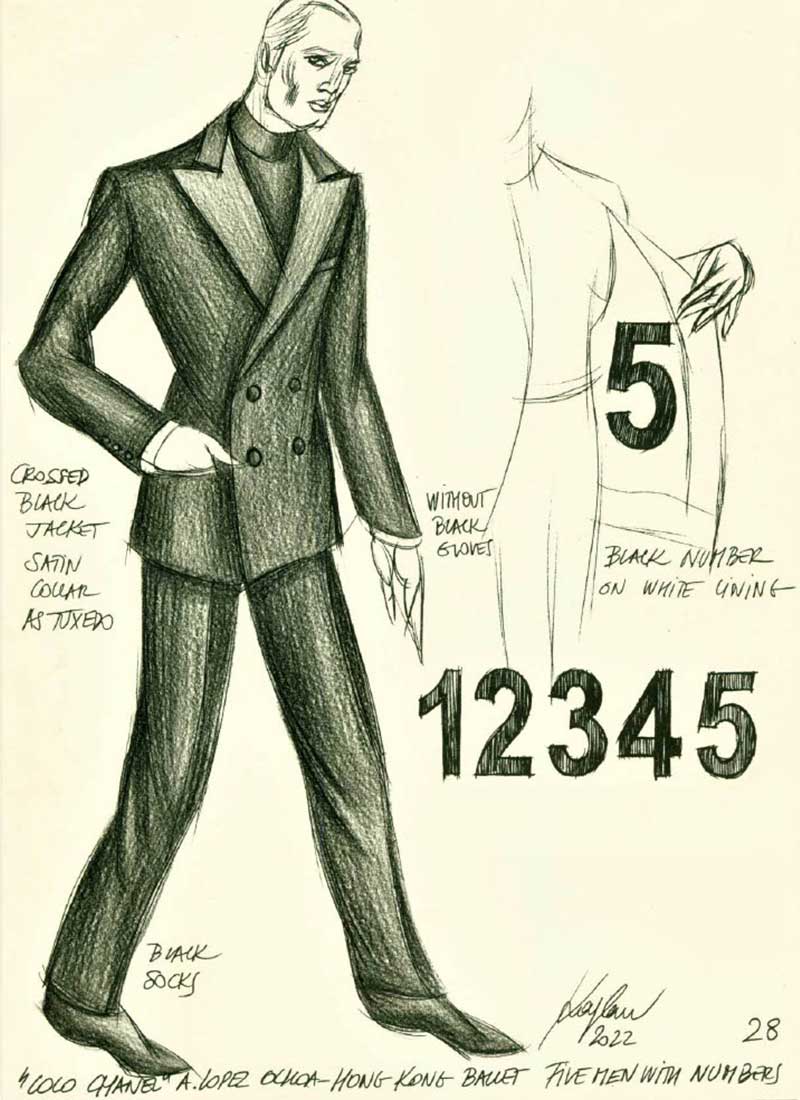
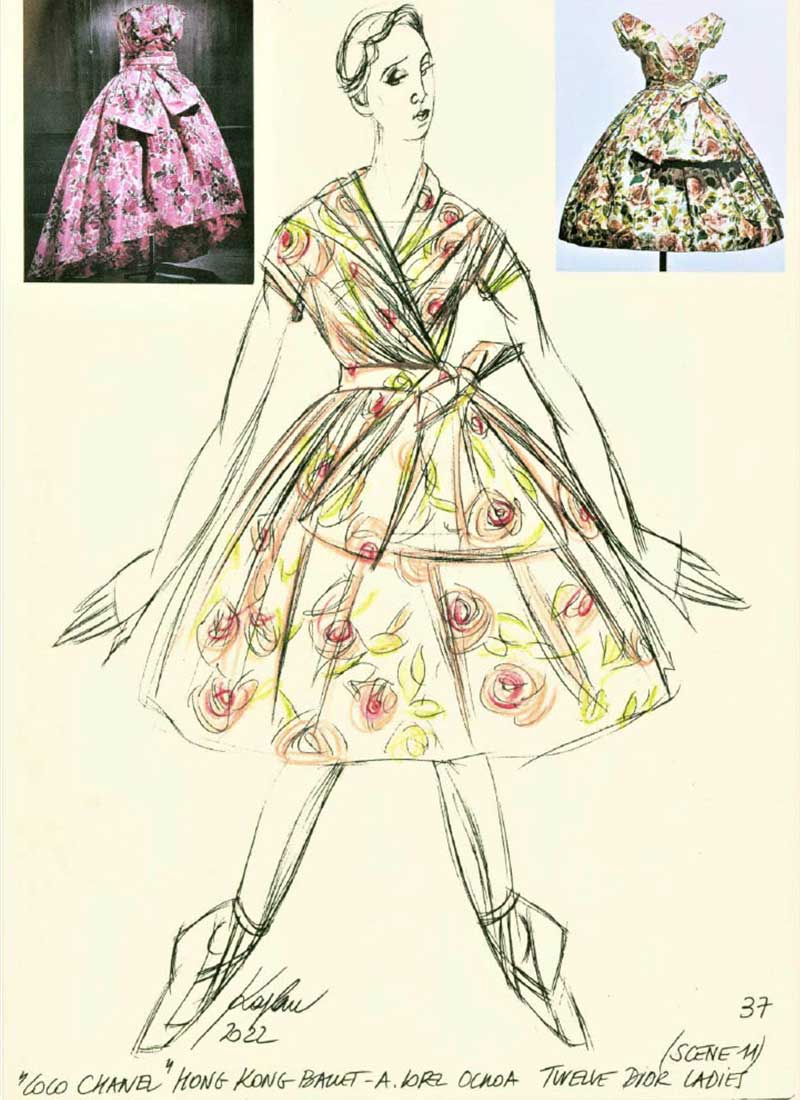
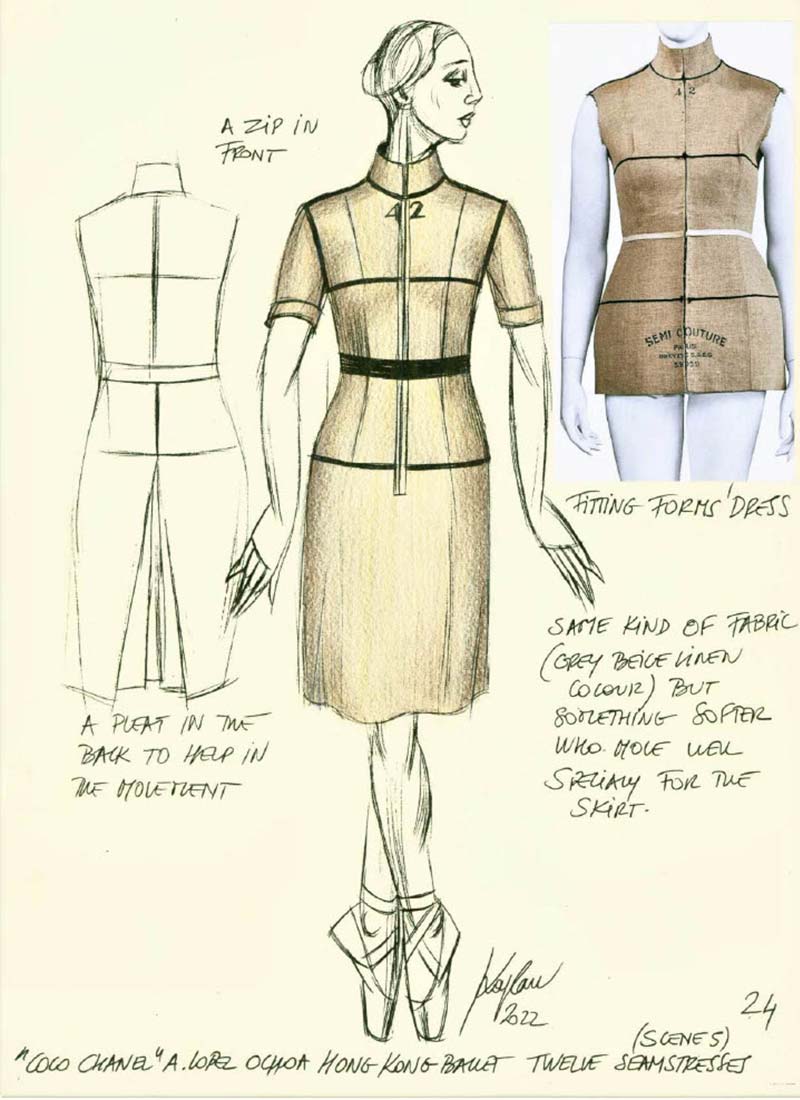
Did you face any challenges along the way?
The camellia costume! Chanel’s favourite flower that featured extensively in her designs, particularly on jewelry. We created an arch of camellias for the sets of the Chanel No. 5 perfume scene, as well as a camellia tutu dress. We built four prototypes before we eventually decided on what was right for the production. It was very difficult to find the right balance between the silhouette and the lightness that is essential for the dance. I think we came up with something beautiful, and I thank Mark Zappone, my assistant for the costumes, who was a great help and had infinite patience.
Also, Chanel loved to wear men’s clothes. Her fashion was inspired by the men in her life: the wealthy Balsan, an ex-military officer and textile heir; and Boy Capel, a British tycoon and polo player. Not many photographs existed in colour at this time, so it was a challenge to apply colour to their costumes for the stage.
Were there any specific pieces from Chanel’s collections that inspired the costumes?
Coco during the creation of the ballet was like a ghost guiding my hands! Maybe her famous Breton look with the white pants. She took inspiration from the sailors she saw in Deauville and recreated the look on herself. Chanel was her own muse and tested fashion on herself first. Chanel’s designs were not only simple and elegant, but practical. If women wear pants so easily now, it’s largely because of Chanel.
How did you collaborate with Choreographer Annabelle Lopez Ochoa to ensure cohesion between set design, choreography, story-telling, and costume?
Work on Coco Chanel: The Life Of A Fashion Icon began at the end of 2020. The collaboration with Annabelle Lopez Ochoa was very creative. She first wrote a very detailed synopsis and explained how she imagined the different scenes. The working relationship between a choreographer and a designer is a bit like a game of ping pong. I propose ideas, which are integrated or not into the choreography. It’s a constant exchange and it’s always difficult to know after the premiere who did what. It’s really the work of a team, also with the composer and the playwright. That’s what’s interesting.
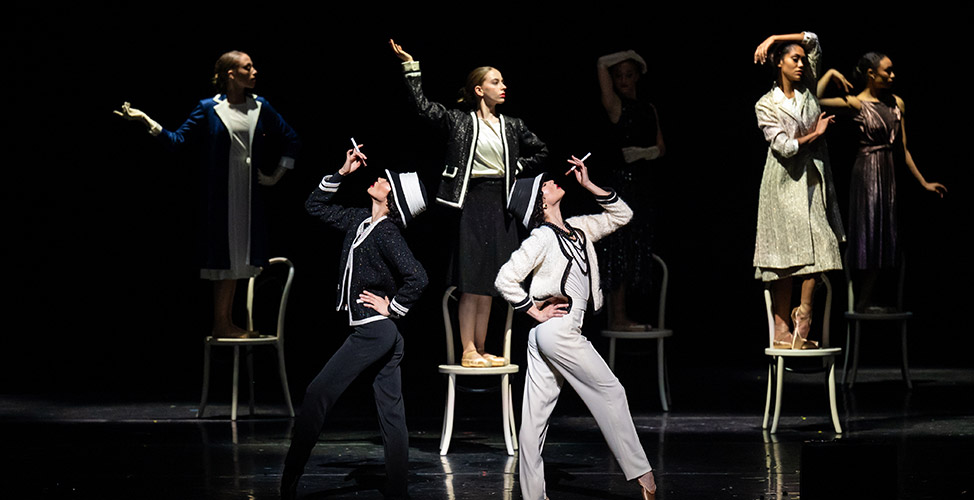
Atlanta Ballet Dancers Photography by Shoccara Marcus
What has been the most rewarding aspect of working on this project?
Hard to say! Maybe the feeling of having learned a lot of things and understood some keys to Chanel’s universal talent. I love this job because I feel like an eternal student.
Coco Chanel: The Life Of A Fashion Icon will debut in Brisbane very soon. What do you hope audiences will take away from the show?
That they will understand a little bit about who Gabrielle Chanel was, and what she brought to fashion and the world today. Also, that the public will want to read the biographies of Chanel because her life as a free woman is very interesting and represents a beautiful life lesson.
Anything else you’d like to add?
Chanel loved the fact that women copied her designs and I feel she would take what we have done as a compliment. In the streets of Hong Kong, I saw women wearing copies of her designs. They didn’t have to be the real thing, they were just emulating her style, which is what I hoped to do with this ballet. I tried to be a good assistant to Chanel! For me, it was an homage and I hope I have paid great tribute to her.





